Flip-Pin (8-pins)
Flip-Pins are a fantastic new way to add headers to your breakout board. Designed by Fliptronics, Flip-Pins are the third generation of the Integrated Circuit (IC) pins that can be soldered into a PCB and that look and act as much like an IC pin as possible. With the unique plastic aligner, the pins are held 0.100" apart, with a 0.062" solder tail exposed.
Each of the eight pins comes in a black plastic sleeve, to keep them aligned while soldering. Once soldered, the sleeve gets removed, and you are left with headers that can easily fit into a breadboard or IC socket with the greatest of ease. If you don't need all eight pins, that's fine! Simply cut the plastic sleeve down to the number of pins needed. If you need more, we also offer 14-pin and 20-pin lengths, and these can easily be doubled up for even longer lengths.
A significant feature of Flip-Pins is that their width (0.020") is the same as traditional Dual-Inline-Package (DIP) IC pins, and so Flip-Pins are directly compatible with standard breadboards. Many people use header pins, which are square, to connect their PCBs to breadboards and are unaware that header pins damage the breadboard because they are wider than standard DIP pins.
Note: After soldering, the Flip-Pin will be near flush with the upper side of the PCB. Don't worry; this is normal and is the desired effect.
Flip-Pin (8-pins) Product Help and Resources
Core Skill: Soldering
This skill defines how difficult the soldering is on a particular product. It might be a couple simple solder joints, or require special reflow tools.
Skill Level: Noob - Some basic soldering is required, but it is limited to a just a few pins, basic through-hole soldering, and couple (if any) polarized components. A basic soldering iron is all you should need.
See all skill levels
Comments
Looking for answers to technical questions?
We welcome your comments and suggestions below. However, if you are looking for solutions to technical questions please see our Technical Assistance page.
Customer Reviews
No reviews yet.

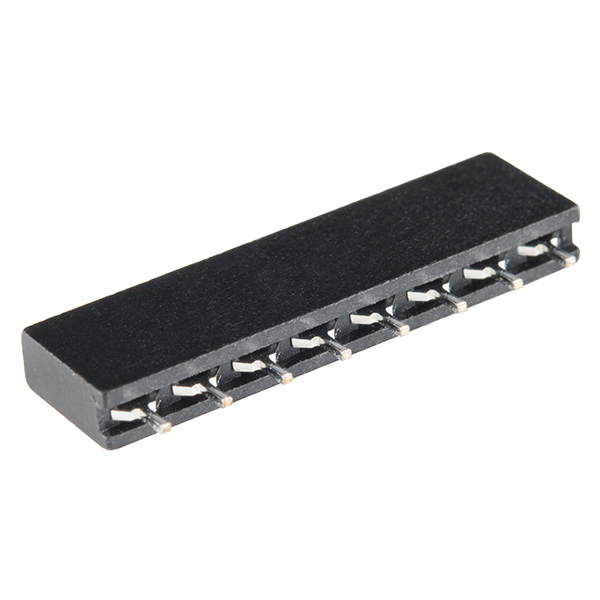
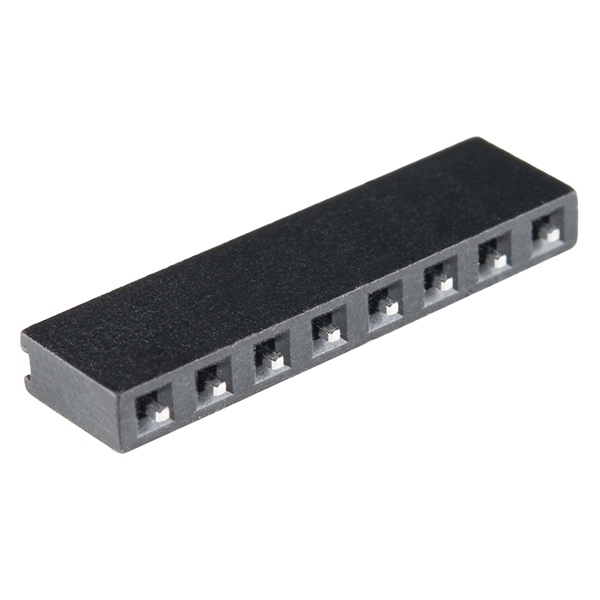
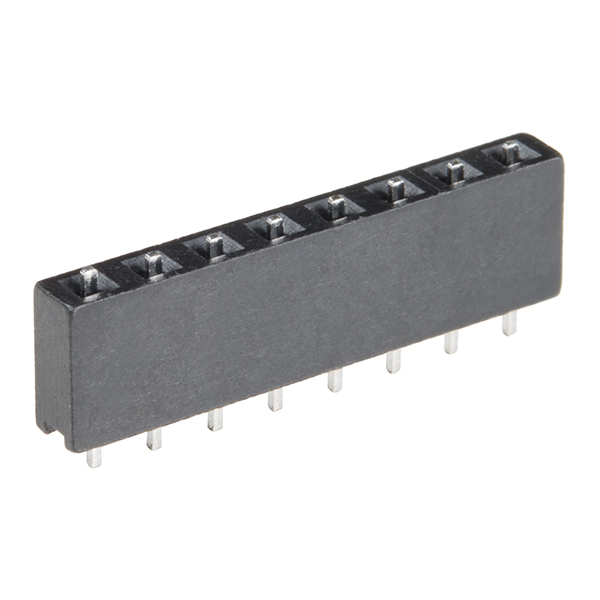
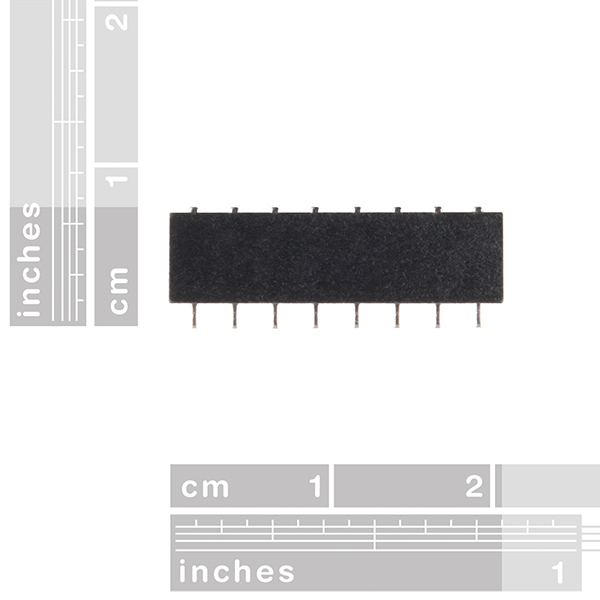
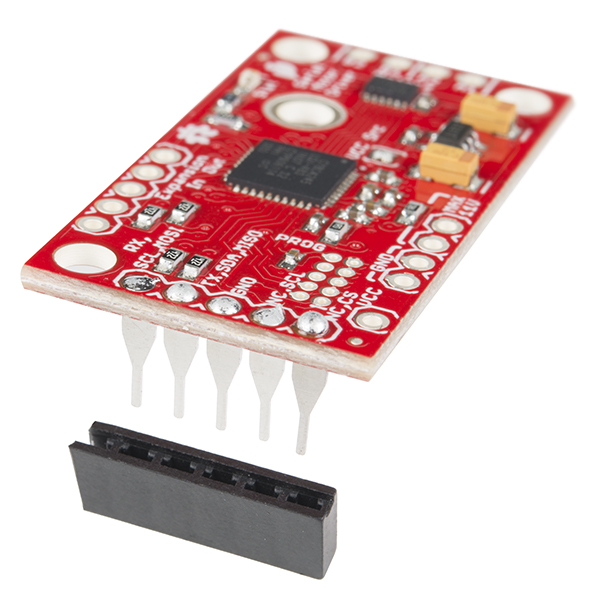
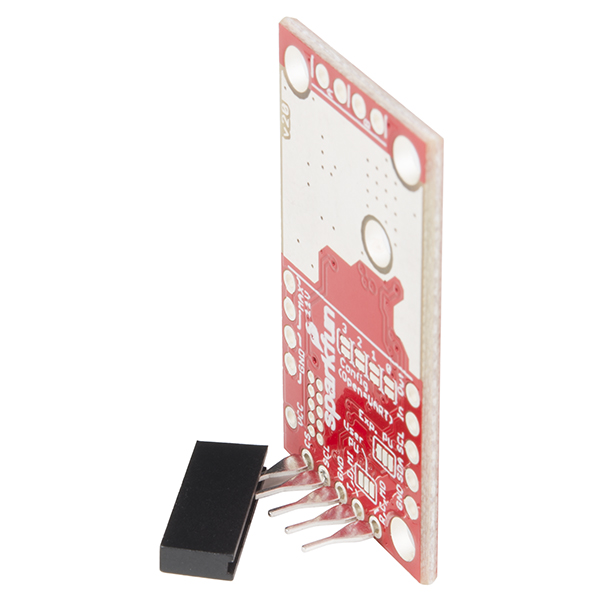
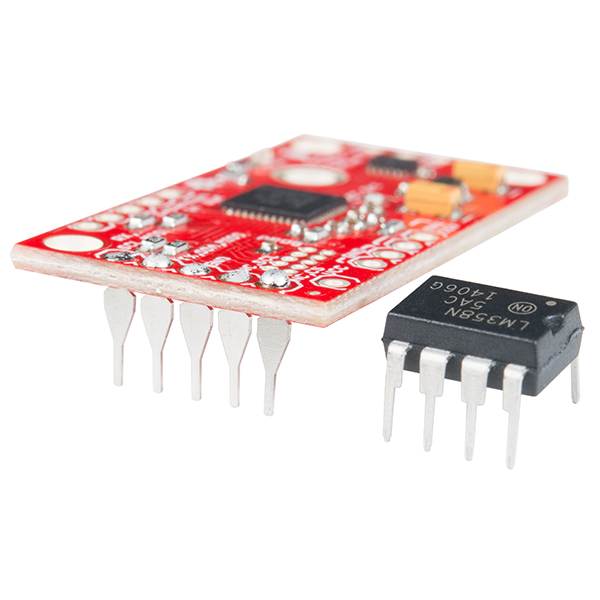
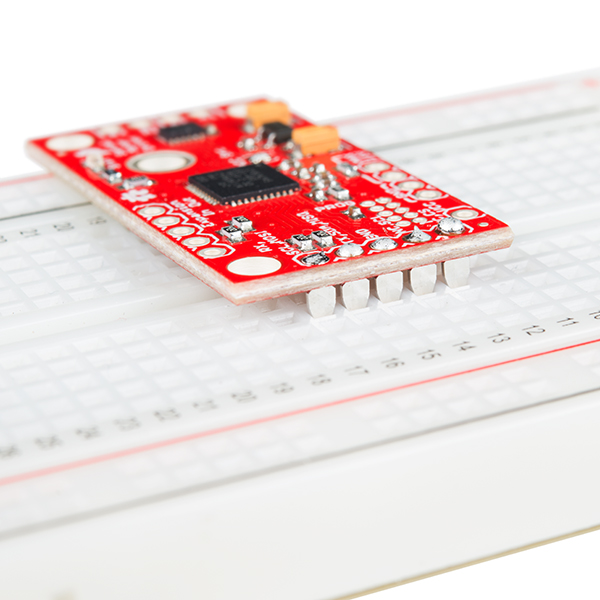
This is interesting... I did some research and the main advantage is aesthetic purpose (to look as much like an IC pin) and they say that header pins are too large for breadboard and can damage them. Even though we all have been doing that that for years! The top of the PCB can be flush mount vs header.
Other then that, hard to beat 0.1 header that we all have laying around.
Try them in an IC socket, and you'll understand their value.
This is what I use them for. I make a board that pops into a DIP socket to upgrade a legacy part. This is the best solution I've found.